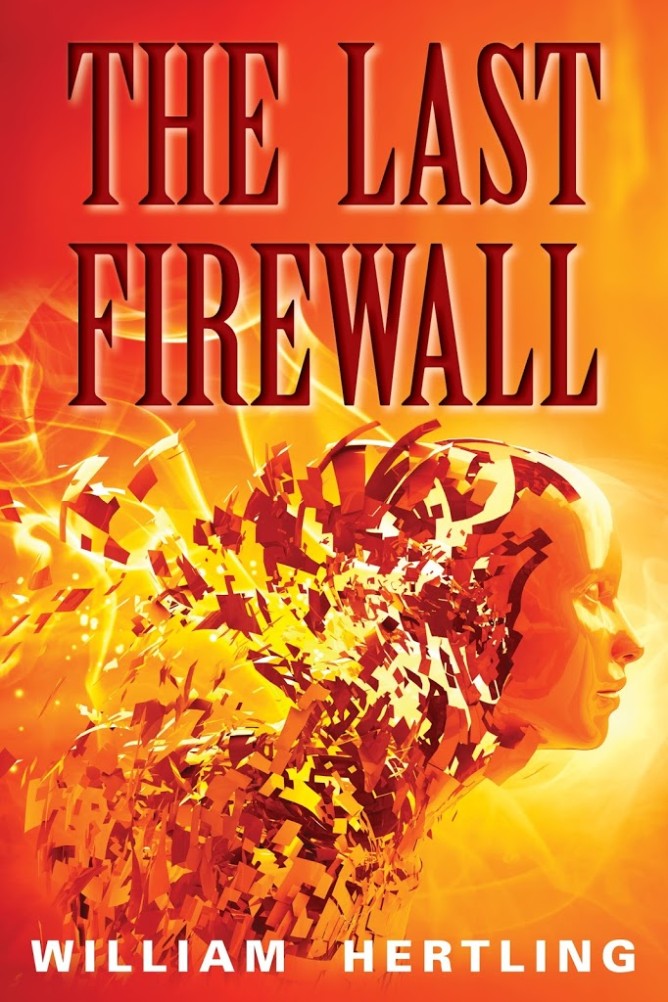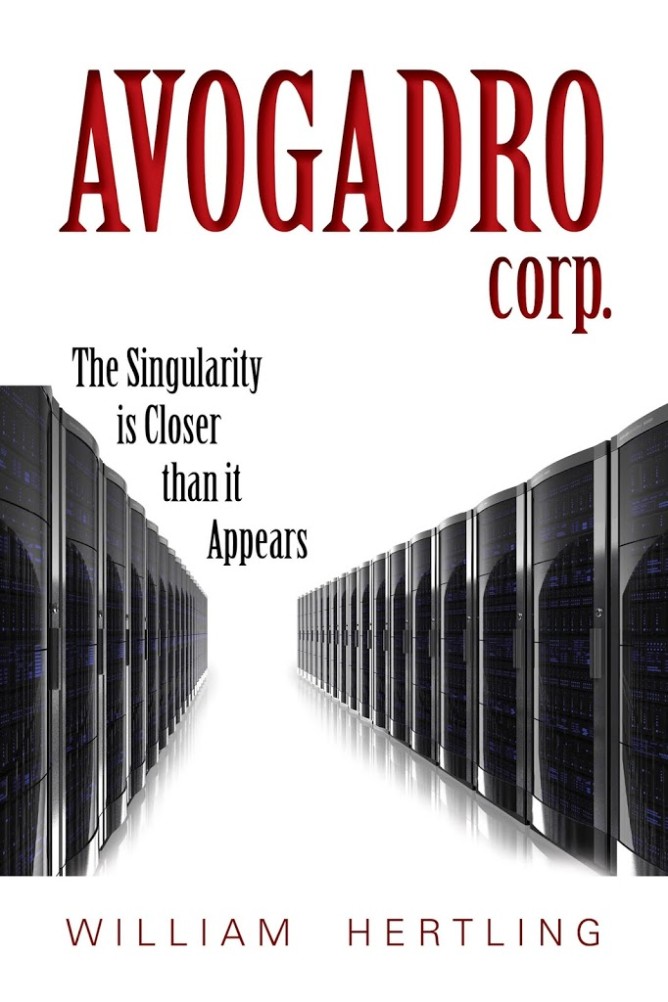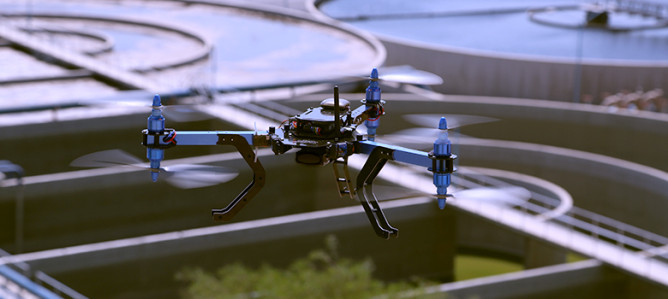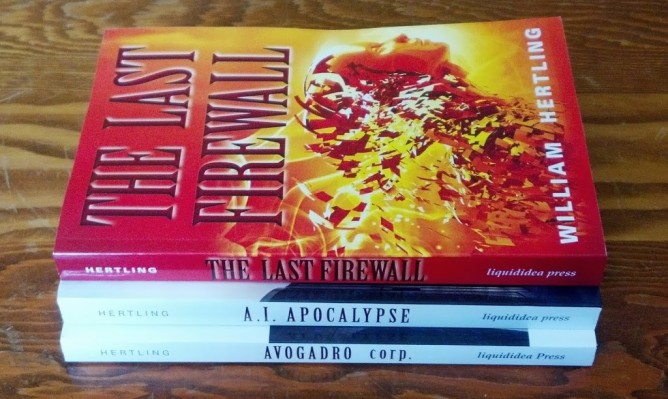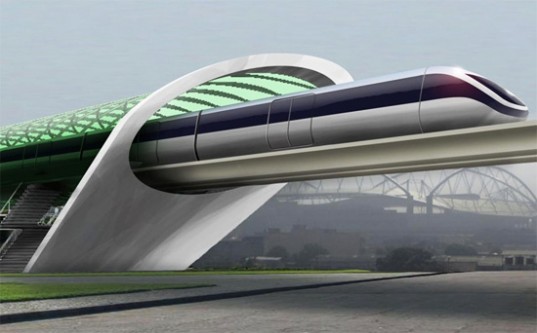 |
| The Last Firewall Minus Four Paragraphs |
By the time a novel is done, from rough first drafts until final proofing, I’ve read it close to twenty times. However, the one of the best reads is when it’s finally Done, with a capital D, Done. That’s when I get to read it as a reader, not a writer. It usually happens a few weeks after it’s been published. I get a paperback copy that’s not already spoken for, and I hole up in a comfy chair or couch and start reading.
That happened with The Last Firewall this past weekend, when I had four days at the beach with my family.
But I was shocked to find a missing page in the paperback — and in one of the most exciting scenes, no less. I’m so sorry for the mistake!
Most copies sold so far have been the Kindle version, but for the thirty or so folks who have the paperback, you’re holding what we can hope will someday be a rare collector’s copy. 🙂
I will get the paperback copy fixed as soon as possible (and will clean up the other smaller mistakes I found as well.) In the meanwhile, if you get to the bottom of page 151, in the bar fight scene, these are the four missing paragraphs you’re looking for:
Knowing the robot used the visual channel to attack, she instead built a three-dimensional wireframe from street and security cameras, calculated the bot’s location, and pointed the muzzle in the direction of the window.
The three-inch rocket whooshed out, guidance fins snapping into position. It exited the bar at two hundred miles per hour and twisted hard, gunning for the bot.
Cat’s wireframe fuzzed out, right in the middle where the robot should be, and the rocket veered off. Her heart sank as it exploded against a neighboring building.
“Catherine Matthews,” boomed the robot. “Surrender. You are surrounded. I am a military-grade combat bot. You cannot hope to succeed and we do not wish to harm you.”






